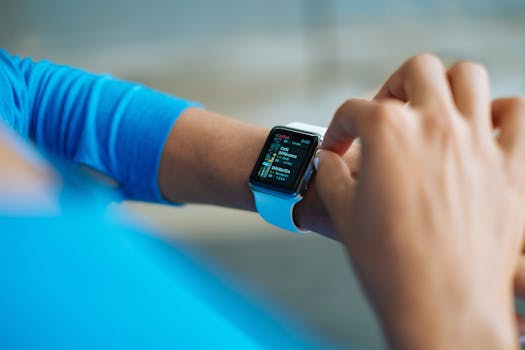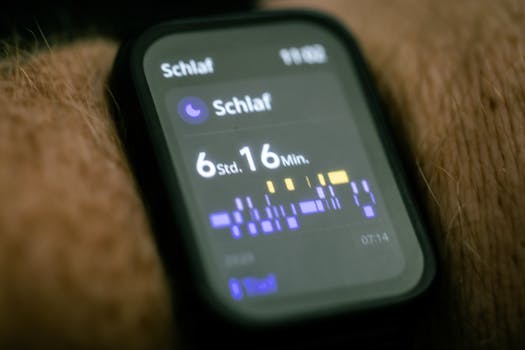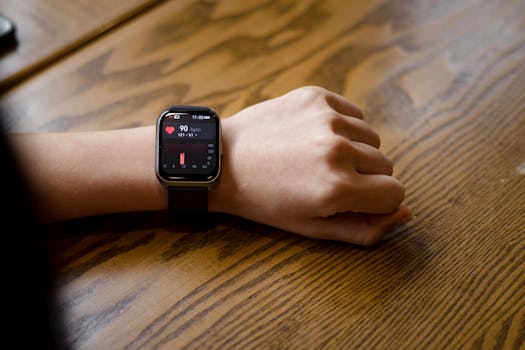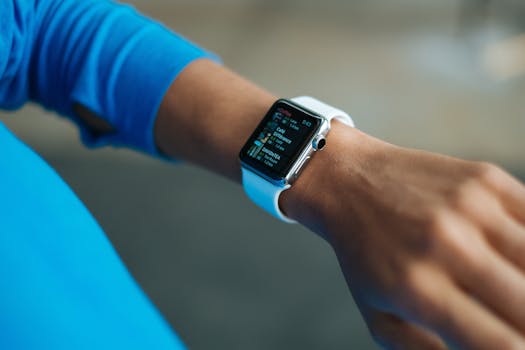
“
The Rise of Biometric Wearables: What 2026 Has in Store
The Rise of Biometric Wearables: What 2026 Has in Store. The world of wearable technology has experienced significant growth in recent years, with biometric wearables being at the forefront of this trend. These devices have the ability to track and monitor various aspects of our health and fitness, providing us with valuable insights and data to improve our overall well-being.
Introduction to Biometric Wearables

Biometric wearables are devices that use biometric sensors to track and monitor various physiological parameters such as heart rate, blood pressure, and body temperature. These devices can be worn on the wrist, clipped to clothing, or even implanted under the skin. They are designed to provide users with real-time feedback and data, enabling them to make informed decisions about their health and fitness. For more on the integration of health and technology, check out Wearable Tech in 2025.
Types of Biometric Wearables

There are several types of biometric wearables available in the market, each with its unique features and functionalities. Some of the most popular types include:
- Smartwatches: These are wearable devices that resemble traditional watches but have advanced features such as heart rate monitoring, GPS tracking, and notification alerts.
- Fitness Trackers: These devices are designed specifically for tracking fitness-related metrics such as steps taken, distance traveled, and calories burned.
- Health Monitors: These devices are designed to track and monitor various health parameters such as blood pressure, blood glucose levels, and body temperature.
- Smart Clothing: These are clothing items that have integrated biometric sensors to track and monitor various physiological parameters.
Advancements in Biometric Wearables

In recent years, there have been significant advancements in biometric wearables, with improvements in sensor technology, data analytics, and user interface. Some of the key advancements include:
- Improved Sensor Accuracy: Biometric sensors have become more accurate and reliable, providing users with more precise data and insights.
- Advanced Data Analytics: Biometric wearables now have the ability to analyze data in real-time, providing users with personalized feedback and recommendations.
- Enhanced User Interface: Biometric wearables have become more user-friendly, with intuitive interfaces and seamless connectivity to smartphones and other devices.
What to Expect in 2026

As we look to 2026, we can expect even more exciting developments in the world of biometric wearables. Some of the trends and predictions include:
- Increased Adoption: Biometric wearables are expected to become more mainstream, with increased adoption across various demographics and industries.
- Advanced Health Monitoring: Biometric wearables are expected to become more sophisticated, with the ability to track and monitor more complex health parameters such as blood glucose levels and cardiac arrhythmias.
- Integration with Artificial Intelligence: Biometric wearables are expected to integrate with artificial intelligence, providing users with more personalized and predictive insights.
Conclusion

In conclusion, the rise of biometric wearables is revolutionizing the way we live and interact with our bodies. With advancements in sensor technology, data analytics, and user interface, these devices are becoming more accurate, reliable, and user-friendly. As we look to 2026, we can expect even more exciting developments, with increased adoption, advanced health monitoring, and integration with artificial intelligence. For further insights, explore Wearable Tech and Mental Health.





